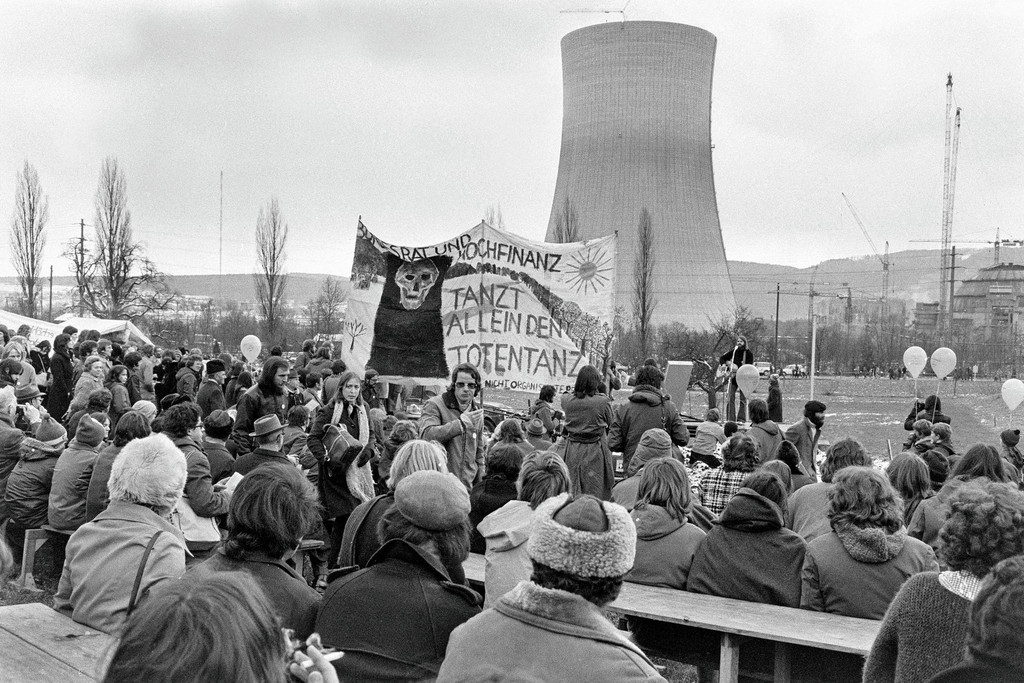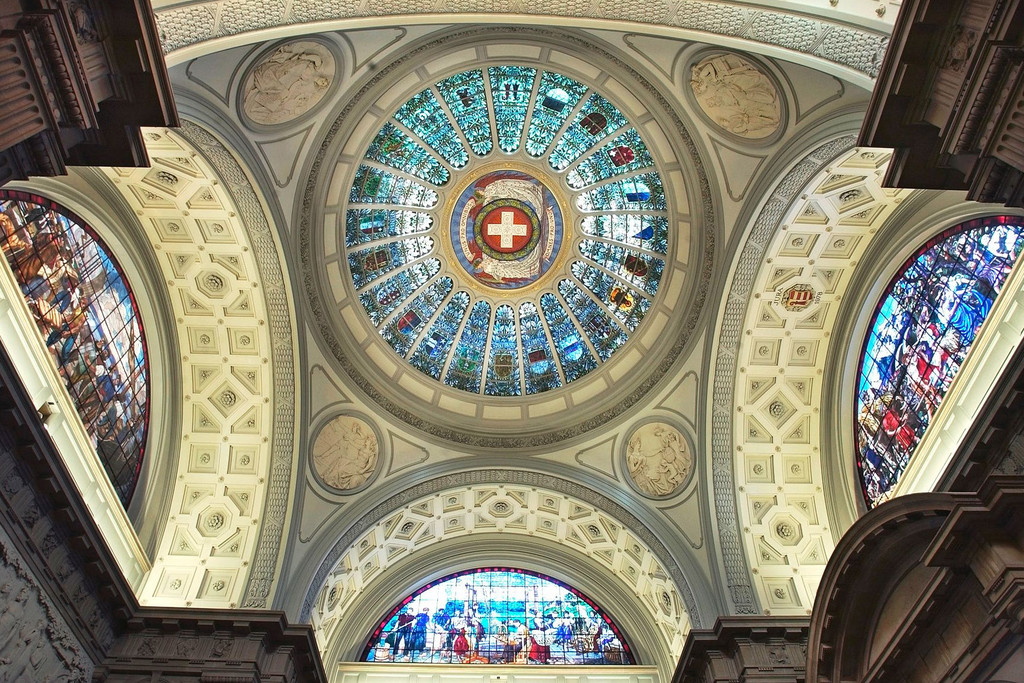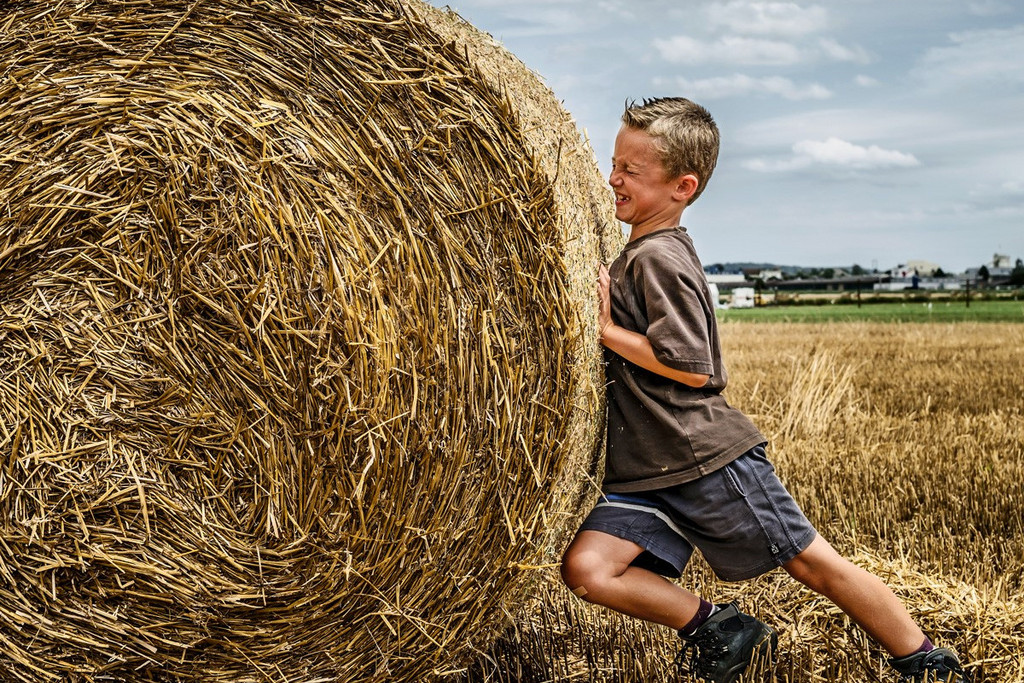
Cliff edge

The day the snow returned

Direct democracy

Cycling through Jura

We, the farmers
![[Translate to English:]](/fileadmin/_processed_/8/4/csm_Kleingeld_SchweizEditorial_c0808c834c.jpg)
The cost of living on an island of prosperity

The return of emergency stockpiling

Have you heard of the “Banana” from the Biel engineering college? It was not a fruit. It was a banana-shaped, bananayellow solar racing vehicle, built in 1985. Hence the nickname.

The only power source it needed was direct exposure to sunlight. Other than this, the fragile looking speedster was primarily a sort of utopian soapbox car cobbled together using low-cost building materials: the chassis was made from recycled aluminium ski poles from Swiss Army stocks. The “Banana” was not a thing of beauty. It was, however, fast.
In the 1985 long-distance race across Switzerland, it finished just behind the winner, Mercedes. By 1986, the Biel team had become unbeatable. Competing with an updated version of their vehicle, they were the first official solar racing vehicle world champions. Then, in 1990, the Biel team reached their zenith during the longest and hardest race for solar vehicles – all the way across Australia: their vehicle “Spirit of Biel II” outclassed the clear favourites Honda and all the other major high-tech groups in the race. The sun often shone brightly on the Biel team. In 1996 alone, they broke ten speed and distance records. They achieved a speed of 161 km per hour, leaving the previous record of General Motors in the dust.
Why are we looking back at this now? Because it raises the question of why a once pioneering solar energy nation is now languishing at the back of the European mid table. The Biel crew brought home the silverware, but they did not inspire any great transition in energy policy.
This transition was finally made possible by the Swiss parliament in September 2022. It decided that extensive solar power stations could now be built in a very short space of time in the Alps. The driving force behind this decision was not utopia or enthusiasm; it was fear. The war in Ukraine is threatening energy supply even in Switzerland – and energy prices have risen massively as a result. It is no great surprise that there is an internal conflict at the heart of the new Swiss solar offensive, as it plays natural resources off against each other: more energy from natural sources, and less protection for the natural mountain landscapes in the process. We take a closer look at this in our Focus article.
Comments